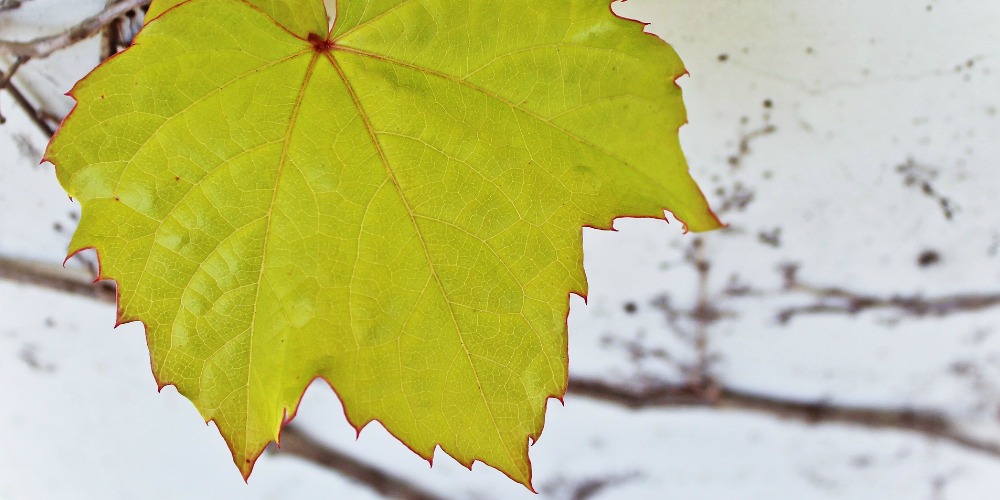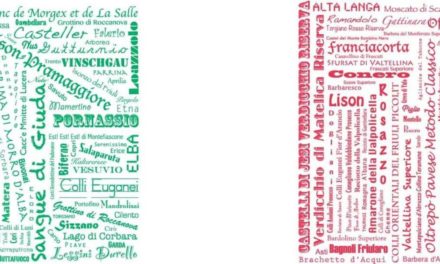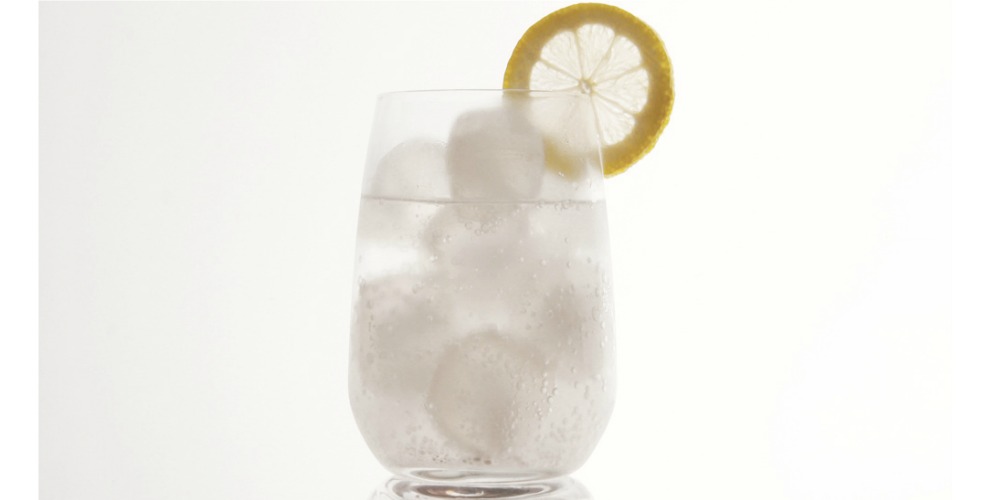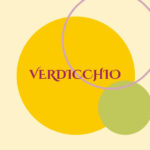When it comes to the world of wines, few names carry the weight and reputation that Cabernet Sauvignon – The King of Grapes does. A true aristocrat in the realm of viticulture, this grape varietal has a rich history, distinctive characteristics, and an international allure that has captivated wine enthusiasts for centuries. And guess what? Today is International Cabernet Sauvignon Day, so grab a glass and enjoy the reading!
A Glimpse into the Grape’s Past
The history of Cabernet Sauvignon traces back to the 17th century in the Bordeaux region of France. It is believed to be a natural cross between Cabernet Franc and Sauvignon Blanc, hence its name. The name “Cabernet Sauvignon” reflects the parentage of the grape. “Cabernet” pays homage to Cabernet Franc, while “Sauvignon” acknowledges Sauvignon Blanc, the varietal’s parent grapes. This heritage is woven into the wine’s characteristics, contributing to its aromatic complexity and flavour profile.
Over the centuries, it spread beyond Bordeaux, establishing its dominance in the global wine scene. This grape’s adaptability and versatility have led to its presence in several wine-producing countries.
Meet Cabernet Sauvignon – The King of Grapes
Cabernet Sauvignon, a red grape, is often referred to as the “King of Grapes,” and rightfully so. Its deep, dark berries are laden with rich tannins, creating wines with excellent ageing potential. This varietal is known for its robust structure, allowing it to age gracefully over many years, evolving in complexity and depth. Cabs usually result in full-bodied wine with high tannins and acidity. On top of that, it’s typically aged in oak barrels, which imparts additional flavours of vanilla, caramel, and spice.
Cabernet Sauvignon is the King of Grapes because it’s:
- The most widely planted red wine grape in the world.
- Highly versatile and can be grown in a variety of climates and soils.
- Produces full-bodied wines with complex flavors and aromas.
- Can age well for decades, making it a good investment.
- Often used in blends to add structure and complexity.
- Considered to be one of the most delicious and sought-after wines in the world.
Global Cultivation
The cultivation of Cabernet Sauvignon has expanded far beyond its Bordeaux birthplace. Today, it thrives in regions across the world, from Napa Valley in the United States to Coonawarra in Australia, Italy and South America. In each place, the grape exhibits its own unique characteristics and nuances, influenced by the local terroir.
According to the International Organisation of Vine and Wine, in 2021, there were an estimated 840,000 hectares of Cabernet to Sauvignon planted worldwide, making it the most planted red wine grape variety in the world. Moreover, in the same year, an estimated 4.5 billion litres of Cabernet Sauvignon wine were produced worldwide.
Best Expressions Around the World
While Cabernet Sauvignon is grown in various countries, some regions stand out for their exceptional expressions. Bordeaux, particularly the Left Bank, remains a pinnacle for Cabernet Sauvignon blends, showcasing elegance and structure. Napa Valley, California, is renowned for its opulent and bold Cabernets, often displaying ripe fruit and powerful tannins. Chile’s Maipo Valley offers a unique profile, combining New World fruitiness with Old World restraint.
Well-known Cabs
Popular Cabernet Sauvignon wines you might have heard of:
- Gran Vin du Château Margaux (Bordeaux, France)
- Château Haut-Brion (Bordeaux, France)
- Château Lafite Rothschild (Bordeaux, France)
- Château Mouton Rothschild (Bordeaux, France)
- Screaming Eagle Cabernet Sauvignon (Napa Valley, USA)
- Penfolds Grange (Barossa Valley, Australia)
- Caymus Special Selection (Napa Valley, USA)
- Concha y Toro Don Melchor (Maipo Valley, Chile)
- Château Montelena Estate Cabernet Sauvignon (Napa Valley, USA)
- Dominus Estate (Napa Valley, USA)
- Viña Cobos Bramare Cabernet Sauvignon Luján de Cuyo (Mendoza, Argentina)
- Stag’s Leap Wine Cellars CASK 23 (Napa Valley, USA)
Colour, Aroma, and Taste
Cabernet Sauvignon boasts a deep, ruby-red hue, often accompanied by a purplish rim in younger wines. Its aromas are striking and multifaceted, offering notes of blackcurrant, dark cherry, blackberry, viola, cedar, tobacco, and sometimes green bell pepper. On the palate, expect a harmonious blend of black fruits, spice, and herbal undertones, supported by firm tannins.
DIFFERENT PRODUCTION AREAS, DIFFERENT CABS
In Bordeaux, Cabernet Sauvignon is part of the renowned Bordeaux blends, contributing structure and age-worthiness. Napa Valley versions are known for their generous fruitiness, lavish oak treatment, and lush texture. In contrast, Chilean Cabernets tend to showcase a balance between New World fruitiness and Old World elegance.
Perfect Pairings
Cabernet Sauvignon’s boldness and structure make it a perfect companion for hearty dishes. Pair it with grilled steaks, game (wild boar, pheasant), roasted lamb, mature cheeses, and dishes featuring herbs like rosemary and thyme. The wine’s tannins help cut through the richness of these dishes, creating a harmonious marriage of flavours.
Cabernet Sauvignon’s journey from historical origins to global fame is a testament to its unrivalled importance in the world of wine. Its distinctive characteristics and ability to showcase different expressions across the globe make it a true connoisseur’s delight.
Italy’s Cabernet Sauvignon Excellence
While Italy is celebrated for its indigenous grape varieties, it has also embraced international varietals like Cabernet Sauvignon, which have found a welcoming home in the country’s diverse terroirs. Italian winemakers have harnessed their expertise to craft Cabernet Sauvignon wines that beautifully marry the grape’s inherent characteristics with Italy’s unique viticultural landscape.
In 1944, Marquess Mario Incisa della Rocchetta planted the inaugural Cabernet Sauvignon vineyard. His goal was, in fact, to create wines in the Bordeaux style. Despite underwhelming initial outcomes, the official acknowledgment arrived in 1978. At a blind tasting event in London, the wine known as “Sassicaia” remarkably outshone even the most distinguished Bordeaux châteaux.
Regions of Cabernet Sauvignon Excellence
Tuscany and Veneto are two Italian regions that have gained recognition for producing exceptional Cabernet Sauvignon wines. These areas offer a blend of historical winemaking traditions and innovative techniques, resulting in wines that reflect the essence of the land while showcasing the varietal’s potential.
Tuscan Treasures
Tuscany, renowned for its iconic Chianti and Sangiovese-based wines, has also embraced Cabernet Sauvignon with remarkable success. The coastal region of Bolgheri, situated in the province of Livorno (Tuscany), is a hotbed of Cabernet Sauvignon excellence. Here, the Mediterranean climate and maritime influence create ideal conditions for cultivating the grape.
Interesting Italian Cabs you should try
-
- Sassicaia (Bolgheri Sassicaia DOC): often referred to as the “Super Tuscan” that put Bolgheri on the map, Sassicaia is a blend dominated by Cabernet Sauvignon. Its elegance and structure have garnered global acclaim.
- Ornellaia (Bolgheri DOC Superiore Rosso): another superstar from Bolgheri, Ornellaia is a Bordeaux-style blend that features Cabernet Sauvignon prominently. It’s celebrated for its rich complexity and ageing potential.
- Tignanello (Toscana IGT): a pioneering wine that helped redefine Italian winemaking, Tignanello is a blend with Sangiovese, Cabernet Sauvignon and Cabernet Franc. It showcases how the grape harmonises with local varieties.
- Solaia (Toscana IGT): it’s a blend with Cabernet Sauvignon, Cabernet Franc and Sangiovese grapes.
- Guado al Tasso (Bolgheri DOC Superiore): this wine blends Cabernet Sauvignon with Merlot and Cabernet Franc (and sometimes a bit of Petit Verdot), reflecting Bolgheri’s terroir in a harmonious manner.
- Sassabruna Rocca di Montemassi (Maremma Toscana DOC): hailing from the Maremma region, this blend includes Cabernet Sauvignon, contributing structure and complexity.
- Le Serre Nuove dell’Ornellaia (Bolgheri DOC Rosso): known as the “second wine” of Ornellaia, this blend offers a glimpse into the estate’s terroir and winemaking prowess.
- D’Alceo – Castello dei Rampolla (Toscana IGT): a blend with Cabernet Sauvignon and Petit Verdot.
- Lupicaia – Castello del Terriccio (Toscana IGT): another blend with Cabernet Sauvignon and Petit Verdot.
- Palazzotto Cabernet Sauvignon – Maculan (Breganze DOC): now that’s 100% Cabernet Sauvignon!
- Toren Cabernet Sauvignon Riserva – Tiefenbrunner (Alto Adige DOC): a single-varietal Cabernet Sauvignon from Alto Adige.
- Darmagi – Gaja (Langhe DOC): Cabernet Sauvignon, the primary grape, is blended with Merlot and Cabernet Franc.
In Italy, Cabernet Sauvignon finds a different canvas to express its virtues. These wines seamlessly blend Old World charm with international sophistication, offering a unique take on this classic grape. Whether you’re exploring Bolgheri’s coastal allure or indulging in the elegance of Tuscany’s finest, Italian Cabernet Sauvignon wines promise a journey through terroir, history, and innovation in every sip.
International Cabernet Sauvignon Day
International Cabernet Sauvignon Day is a celebration that brings together wine enthusiasts from around the world to make a toast in honour of one of the most esteemed grape varietals in the wine industry. This special day is dedicated to appreciating the distinctive qualities and remarkable history of Cabernet Sauvignon, a grape that has left an indelible mark on the world of viticulture.
International Cabernet Sauvignon Day is typically observed on August 30th each year. This date provides an opportunity for enthusiasts to celebrate the grape during the late summer season, a time when vineyards in many regions are bustling with activity, and grapes are nearing harvest.
Cheers to Cabernet Sauvignon! 🍷🌍 Which one are you having today?










